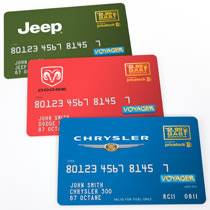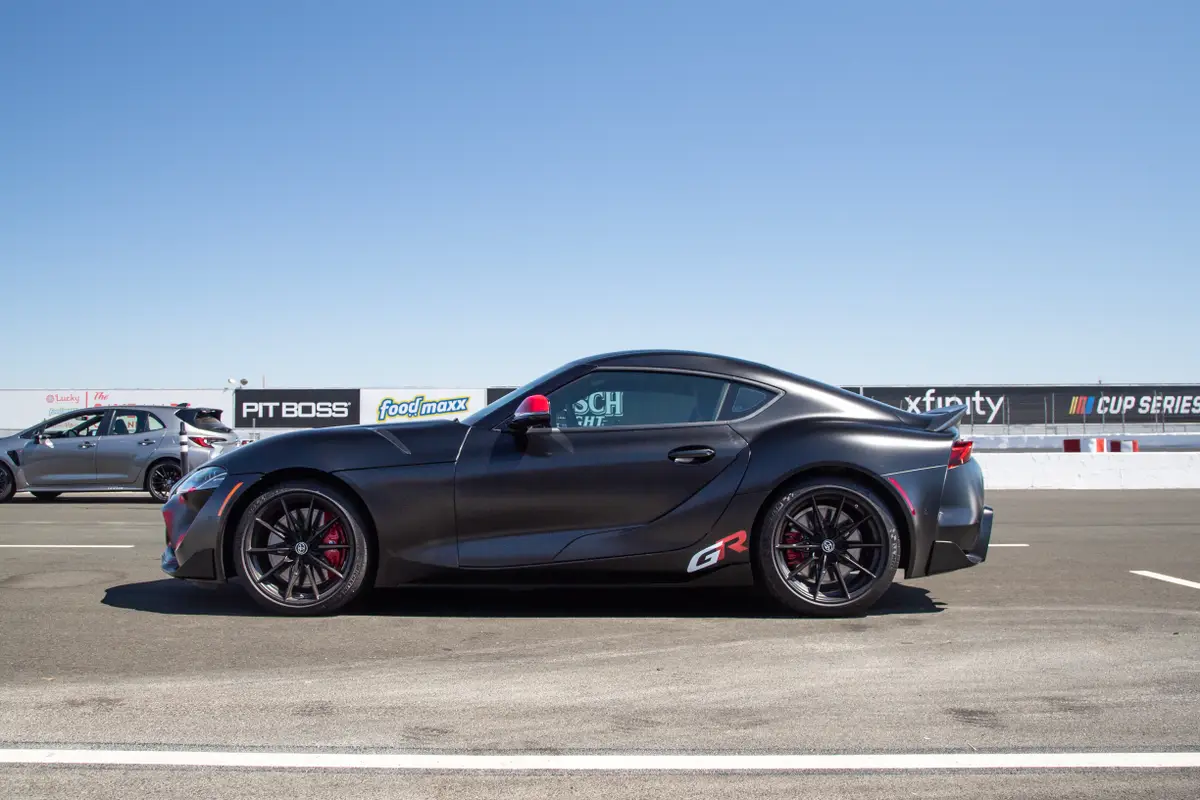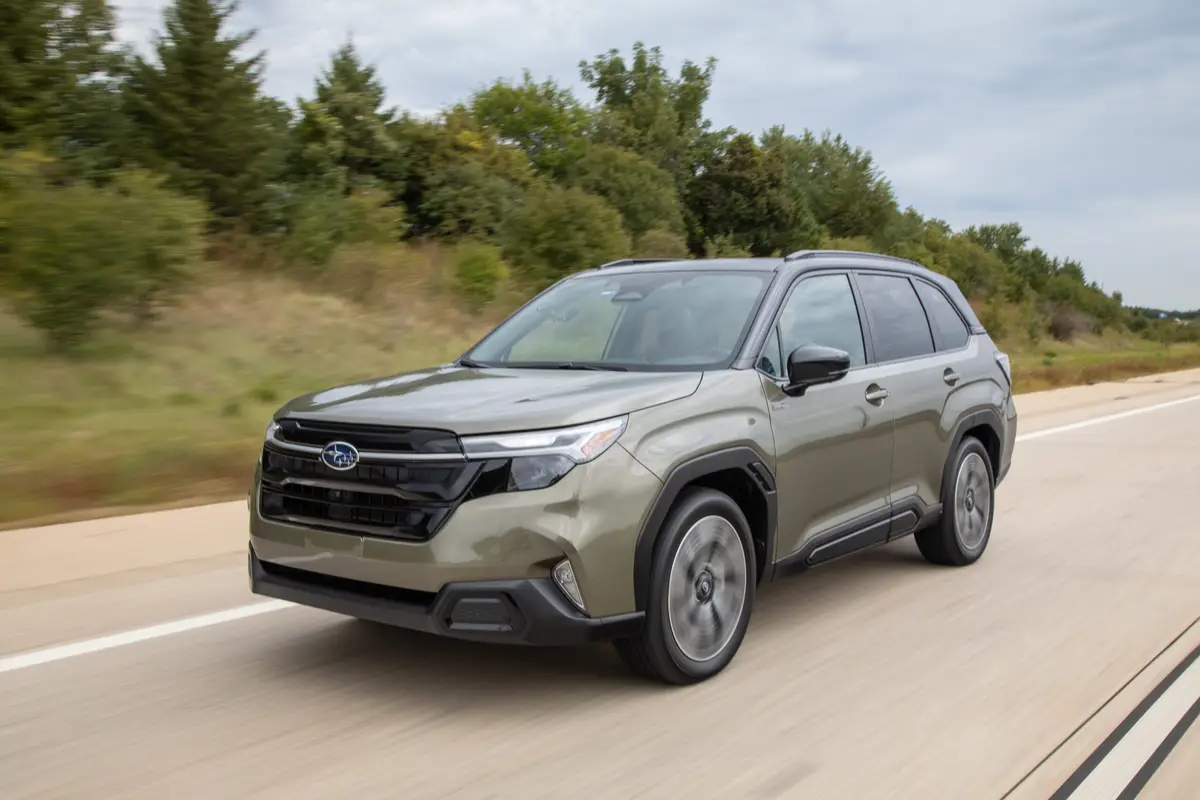Is the Chrysler Gas Deal Really a Deal?

Say what you will about Chrysler, but you can’t fault its marketing department. In a world staring down an impending $4 gallon of gas, Chrysler’s latest incentive program — in which the automaker offers to pay any cost over $2.99 a gallon for gas over three years — is a brilliant marketing strategy. It sounds great, right? Cheaper gas! But is it actually a deal?
Turns out, the answer is yes only when compared to Chrysler’s own newly reduced incentives. Given the choice of the gas deal or $1,000 cash back on new 2008 models, consumers would be wise to select the gas. If Chrysler had kept its old incentives, however — which featured up to $2,500 cash back on selected car models — Let’s Refuel America wouldn’t come close.
The math is slightly convoluted, but let’s do it anyway.
Chrysler’s fuel deal is valid only for a certain number of miles on each automobile, based on the car’s gas mileage. To begin, we divide an example car’s predicted combined gas mileage — let’s take the Dodge Journey’s 20 mpg — into Chrysler’s 12,000-mile annual allotment for the Journey. The result, of course, is 600 gallons for each year of the deal, or, as the deal covers the first three years of ownership, 1,800 gallons overall. More-efficient cars would get fewer allotted gallons, while less-efficient cars would get more.
Next, we need to figure out how much we’d save per gallon. According to AAA, the current national average gas price is $3.671 per gallon, which is another new record. That’s about 68 cents higher than Chrysler’s capped price of $2.99. Multiplied by the miles (1,800) we know we’ll be using over three years, our final savings comes out to … $1225.80, or about $225 more than Chrysler’s up-front $1,000 incentive from last month. Currently, that cash-back incentive is down to $500.
For the Journey, the gas card looks like a deal, as Chrysler isn’t likely to offer more than $1,000 cash back on a brand new model, gas deal or no. But for other models, where incentives can top out at $3,000, the gas deal doesn’t approach the same savings.
Another caveat to consider is that these savings — unlike an up-front incentive — are conditional. If drivers fail to hit 12,000 miles each year, they lose potential savings. Also, because the deal only lasts three years, there’s a limit to how much a consumer can save. Even with no gas card, simply choosing a more fuel-efficient car would almost doubtlessly save consumers more money over the course of their car’s life than the roughly $1,000 to $1,500 they’ll save with Let’s Refuel America. Similarly, Chrysler could save its customers more money for more years if it upgraded the mileage of its fleet.
There are pluses, though. There’s no tracking whether your car is the one being refilled on the card, so if your new Chrysler only goes 10,000 miles a year you can use the card on another car to fill up on your allotted savings. And while you can’t get the customer cash back offered on the cars, you can still get additional cash-back offers like loyalty cash, recent graduation, military and other programs on top of the gas card.
And the big one: The more gas prices go up, the better the savings. Chrysler isn’t putting a cap on the price of a gallon of gas, so that Journey’s savings would from $1,225.80 to $1,800 if gas stayed at $4 a gallon.
On the most basic level, though, Let’s Refuel America is simply an incentive wrapped up in marketing speak. That can work to your advantage if you’ve been eyeing a Dodge Journey and the price of gas keeps going up. For most vehicles, however, Chrysler’s deal feels more like a gimmick than an offer that will really benefit customers.
Featured stories




